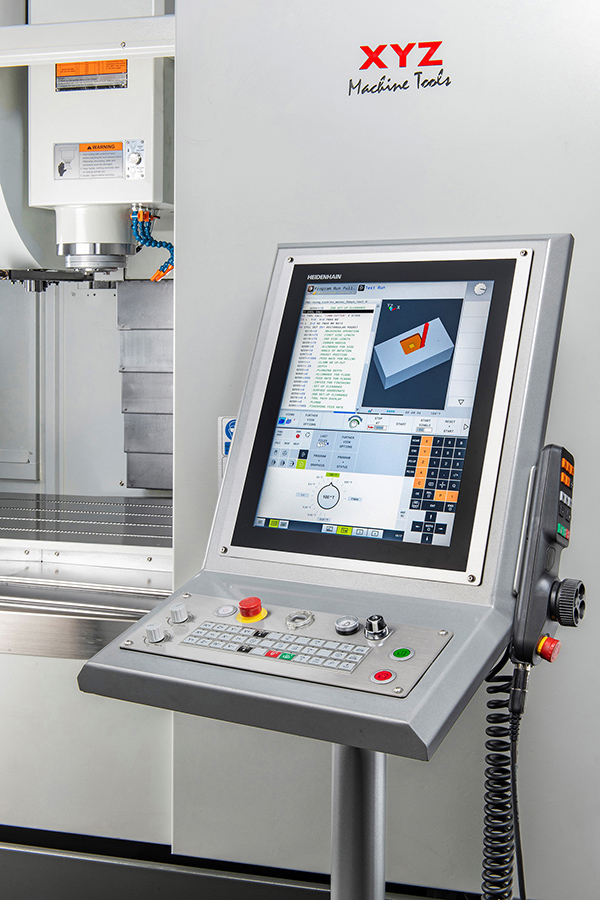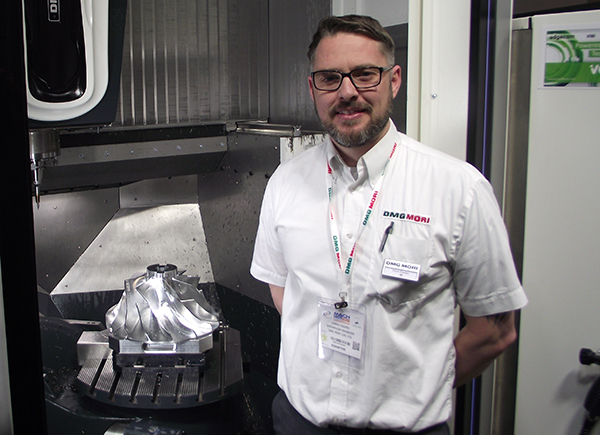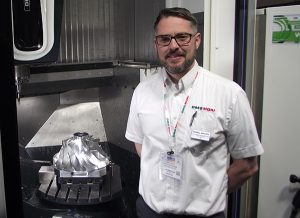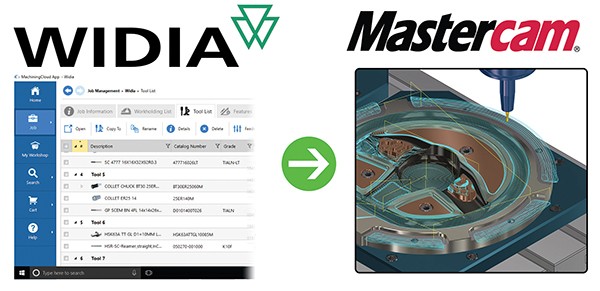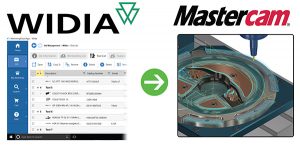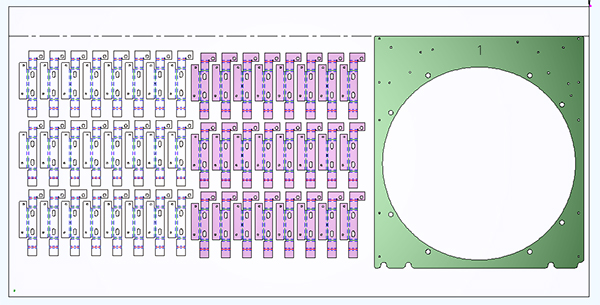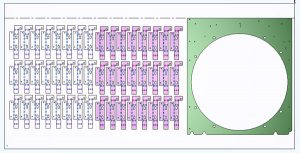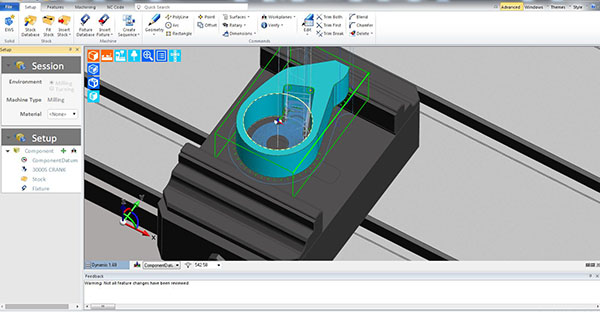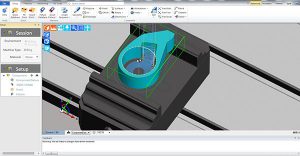XYZ Machine Tools’ philosophy of offering ‘what the customer needs’ has led to its Heavy-Duty (HD) range of vertical machining centres being made available with the Heidenhain TNC 620 control.
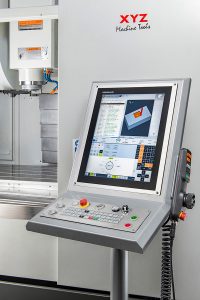
“We offered Heidenhain as a control option many years ago, but found it a slow seller due in part to the additional cost and complexity of the system,” says Nigel Atherton, managing director at XYZ Machine Tools. “However, with recent changes to the Heidenhain control, such as the addition of touch-screen technology, along with a more modern and compact user interface, we see opportunities that fully justify adding it to our HD series of machines. Our independence as a machine tool supplier means that we are free to adapt our machine range to suit changes in customer demand, such as giving them a choice of control.”
The Heidenhain control option will initially be available on the XYZ 660HD, XYZ 800HD and XYZ 1100HD vertical machining centres. XYZ’s move will allow the company to access business from which it was previously excluded (where Heidenhain controls are popular), such as mould and die and aerospace, as well as in the education market.
“We recognise that control choice is important to customers, and that they tend to be loyal to a particular CNC due to their expertise and familiarity with it,” says Atherton. “Extending our use of Heidenhain controls to the HD series – we already offer Heidenhain on our flagship UMC-5X machine – was a logical step. It was encouraging that before the first machines arrived at our factory we had already received orders for machines with Heidenhain controls fitted, which fully justified our decision to pre-order 50 machines for stock.”
For further information www.xyzmachinetools.com






